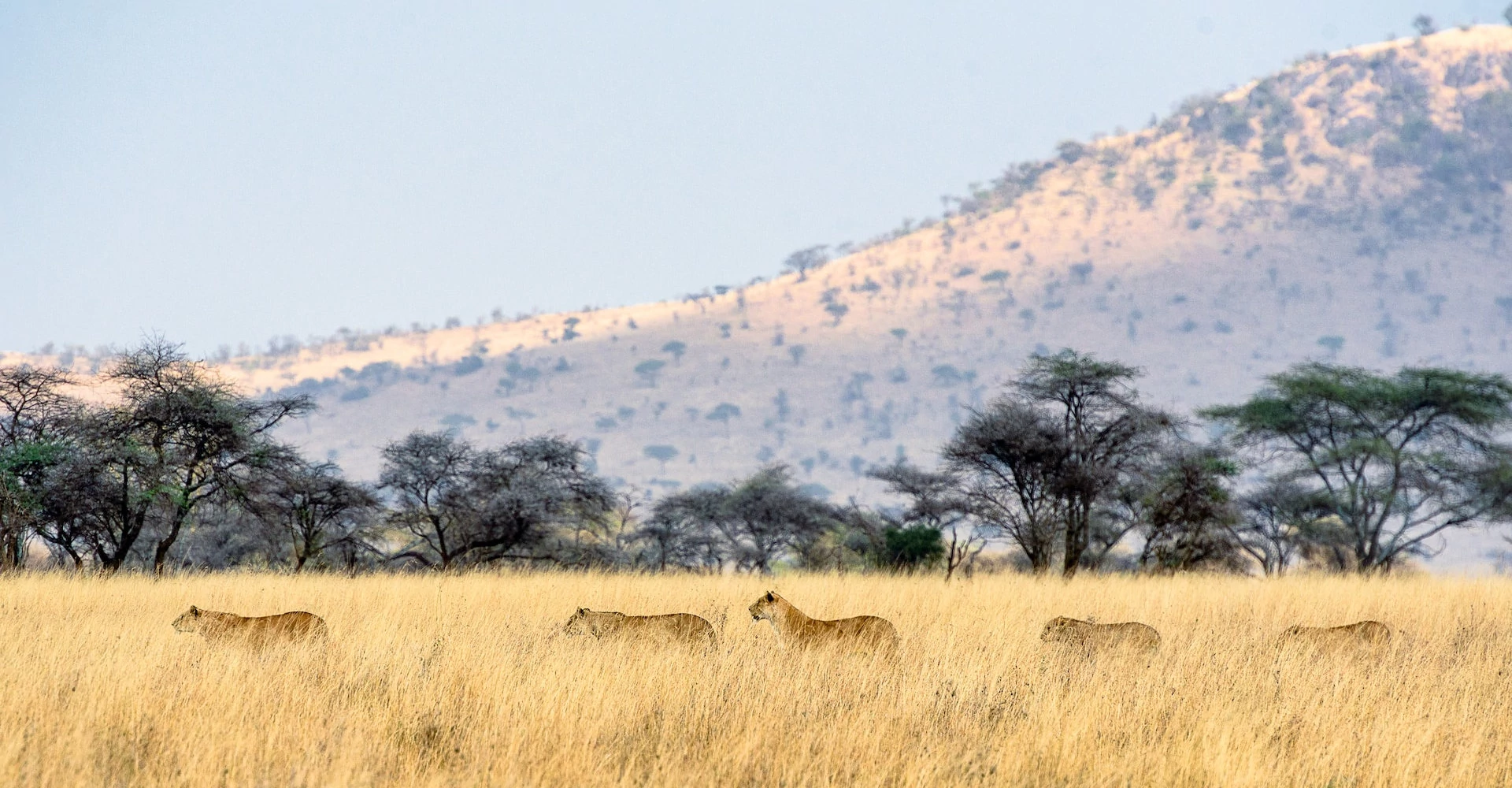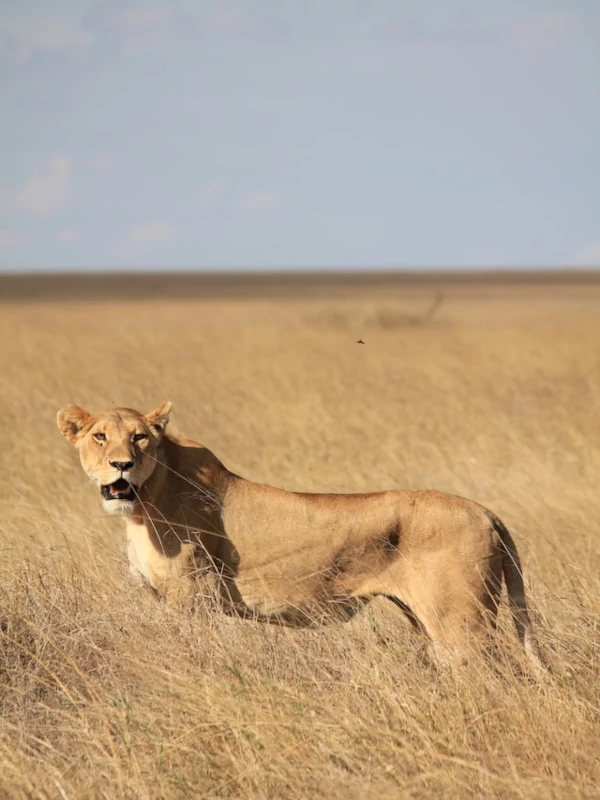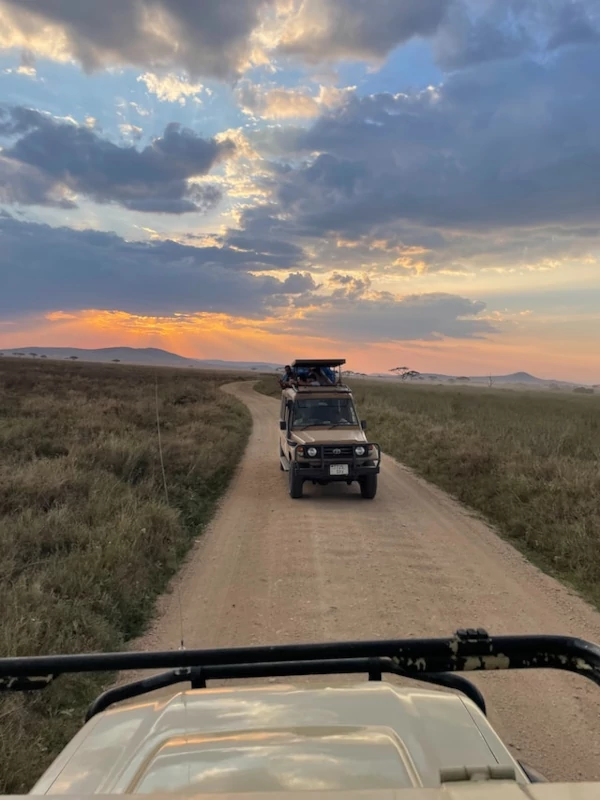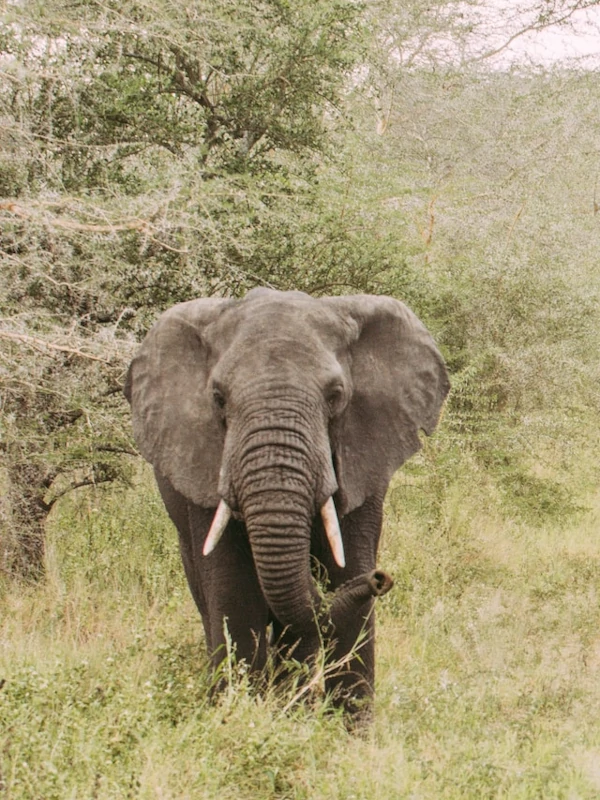The name "Serengeti" comes from the Maasai language, meaning "endless plains", and perfectly encapsulates the vastness and grandeur of the region. From vast grassland plains to dense forests and rivers, the Serengeti boasts a remarkable diversity of ecosystems.
The park is synonymous with the annual Great Migration, often referred to as one of the most awe-inspiring wildlife spectacles on the planet. Every year, over a million wildebeests, along with hundreds of thousands of zebras and gazelles, embark on a circular journey in search of fresh pastures and water sources, resulting in a dramatic display of movement and survival. This remarkable event occurs within the Serengeti's vast plains, where predators such as lions, cheetahs, and hyenas closely follow the herds, making it a prime location for exhilarating wildlife encounters.
In addition to the Great Migration, the Serengeti is home to an astonishing array of wildlife year-round. Its diverse ecosystems include savannas, woodlands, and riverine forests, which provide sanctuary to the Big Five (lion, elephant, buffalo, leopard, and rhinoceros) and a multitude of other species, from giraffes and hippos to crocodiles and a myriad of bird species. The Serengeti's ecological significance extends beyond its borders, making it a critical hub for wildlife conservation and research, offering visitors an opportunity to witness the natural world in all its untamed glory. Whether you're an avid safari enthusiast or a nature lover seeking a profound connection with the African wilderness, the Serengeti National Park promises an unforgettable journey into the heart of wild Africa.








